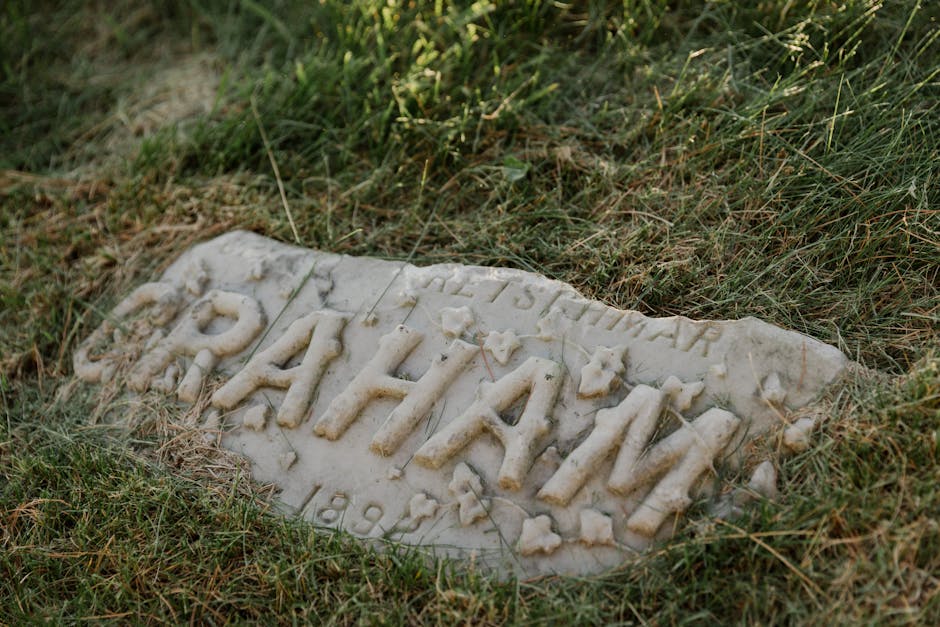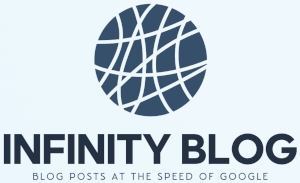
Uncovering Hidden Narratives to Understand Historical Timelines
The Significance of Revealing Hidden Narratives in History
Historical timelines are more than just a sequence of events; they are a tapestry woven with diverse stories and perspectives. Uncovering hidden narratives allows us to see the past through a comprehensive lens, exposing voices that have been marginalized or overlooked.
How Hidden Narratives Enrich Our Understanding of the Past
By exploring deeper understanding of historical timelines, historians and enthusiasts alike can challenge conventional narratives. This process often involves piecing together clues from primary sources, oral histories, and lesser-known records that reveal unexplored aspects of history.
Techniques for Uncovering and Interpreting Hidden Histories
Several methodologies, including archival research and interdisciplinary approaches, aid researchers in identifying stories that challenge or expand known historical accounts. These techniques help uncover long-lost communities and perspectives, ultimately providing a richer understanding of the human experience across timelines.
The Impact of Revealed Narratives on Our View of History
As more hidden stories come to light, our perception of history becomes more nuanced and inclusive. This not only broadens our cultural awareness but also fosters empathy and a more accurate grasp of how diverse societies have shaped the world we live in today.
To explore specific examples of how uncovering hidden narratives has reshaped historical understanding, check out our article on case studies in hidden histories.
